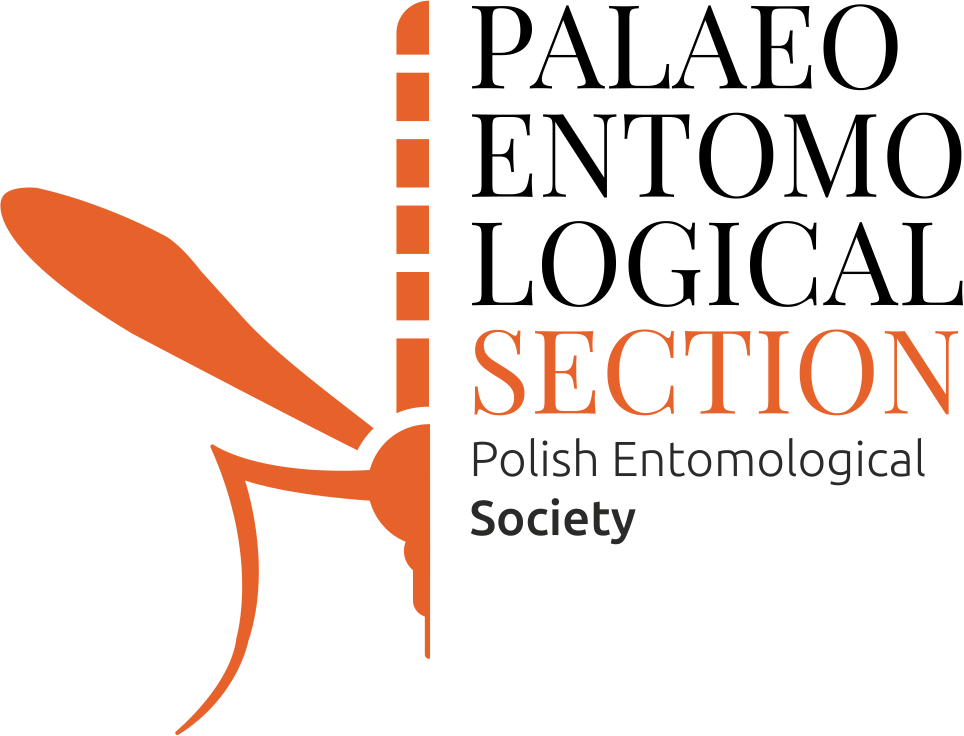Kraków-Częstochowa Upland (Jura Krakowsko-Częstochowska) Trip
The Kraków-Częstochowa Upland, also known as the Polish Jura, is a picturesque region in southern Poland, stretching between Kraków and Częstochowa. It is characterized by a stunning landscape of limestone rock formations, caves, gorges, and scenic valleys. One of its most famous attractions is the Trail of the Eagle’s Nests, a series of medieval castles and fortresses built on limestone hills to protect the kingdom’s borders.
This area is a paradise for nature lovers and outdoor enthusiasts, offering numerous hiking, cycling, and rock climbing routes. The Polish Jura is also one of the most important karst regions in Poland, featuring numerous caves and underground passages. Due to its unique geological formations and rich biodiversity, large parts of the region are protected as landscape parks and nature reserves.
With its fascinating geology, historical sites, and breathtaking scenery, the Kraków-Częstochowa Upland is a must-visit destination for anyone who enjoys nature, history, and adventure!
TOUR PROGRAM DESCRIPTION:
General Information: Please wear appropriate outdoor clothing – comfortable trekking shoes, a hat, and sunglasses. The organizer will provide lunchboxes for all participants.
- Olsztyn – Góry Towarne and Underground Karst Formations
During this stop, we will explore some of the characteristic karst formations of the Kraków-Częstochowa Upland – limestone outliers and caves. We will visit Dzwonnica, Niedźwiedzia, and Cabanowa Caves, which are excellent examples of underground karst processes. The conditions inside the caves will be humid and even wet, so be prepared to get partially soaked. Proper footwear and water-resistant clothing are recommended.
- Olsztyn Castle – The Eagle’s Nest (optional)
There is an opportunity to visit the ruins of one of the most important Eagle’s Nests – castles that once defended the western borders of the Polish Kingdom. The castle, built on limestone rocks, is one of the few rocky highland fortress-cave complexes in Europe. There is also an option to climb the Well Tower (ticket price is expected to be around 25 PLN).
- Twardowski’s Gate and a Walk to the Wiercica Springs in Parkowe Nature Reserve
Twardowski’s Gate is one of the most famous and spectacular limestone outliers in the region, resembling a natural rock window. According to legend, this is where the famous Polish alchemist Twardowski made a pact with the devil. After visiting the rock formation, we will take a walk to the Wiercica Springs, located in the Parkowe Nature Reserve, a beautiful area rich in unique rock formations and lush greenery.
- Quarries Between Góra Włodowska and Rzędkowice – Searching for Ammonites
This stop is a paradise for paleontology enthusiasts! The area is known for well-preserved fossils, mainly Perisphinctes ammonites, but with a bit of luck, we might also find rarer specimens, such as nautiloids or Choffatia ammonites. The fossil hunt will take place in abandoned quarries, offering a glimpse into the prehistoric seas that once covered this region. Sturdy shoes and gloves are recommended.
- Błędów Desert – The “Polish Sahara”
The Błędów Desert is the largest area of natural shifting sands in Poland, often referred to as the Jurassic Yeti – everyone has heard about it, but few have actually seen it! We will visit the more spectacular northern part of the desert, with panoramic views from the Dąbrówka Mała observation point. Due to strong sun exposure, a hat and sunglasses are highly recommended.
